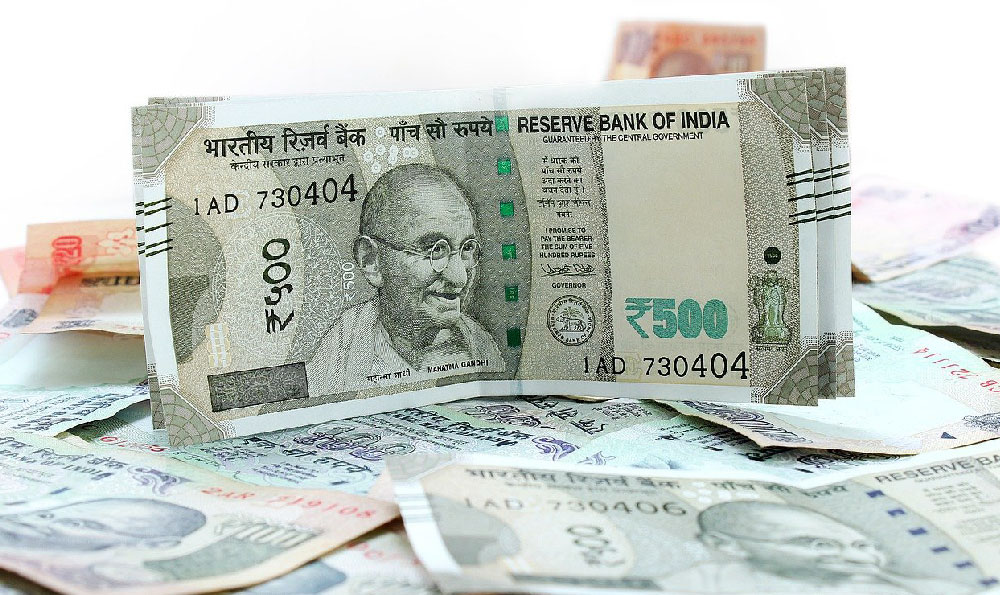The profitability of a fast food chain is shaped by a complex interplay of factors, including brand strength, operational efficiency, consumer demand, and macroeconomic trends. While traditional indicators like revenue growth and profit margins are essential for evaluating financial health, the modern investor must also consider the broader context of market competition, technological integration, and long-term sustainability. Understanding these elements can help discern which franchises hold the most potential for generating returns, while also highlighting risks that could impact profitability.
To begin, the fast food industry is inherently cyclical, meaning its performance often mirrors broader economic conditions. During periods of inflation or rising consumer prices, demand for affordable dining options tends to increase, which can benefit chains that emphasize value menus or budget-friendly products. Conversely, when economic downturns occur, consumers may shift toward more affordable alternatives, potentially reducing the margins of high-end or premium fast food brands. This dynamic underscores the importance of location and targeting the right customer segments, as profitability hinges significantly on local market dynamics.
Brand recognition remains one of the most critical assets for fast food chains. Companies like McDonald’s, Starbucks, and Domino’s Pizza have cultivated global brand loyalty, which allows them to command premium pricing and maintain consistent revenue streams. For instance, McDonald’s has leveraged its iconic branding to achieve a market capitalization that surpasses many tech giants, demonstrating how brand equity translates into financial value. However, not all chains rely on the same strategy. Some, such as Chick-fil-A, focus on a niche demographic—family-friendly environments and ethical practices—which can attract a loyal customer base and sustain profitability.

Operational efficiency is another cornerstone of profitability in the fast food sector. Chains with streamlined supply chains, standardized menus, and automated systems often outperform competitors in terms of cost management and scalability. McDonald’s, for example, has implemented a highly efficient franchise model that reduces overhead costs and ensures consistency across global locations. This efficiency is reflected in their ability to maintain high profit margins despite rising ingredient costs. Similarly, companies like Subway have focused on self-service kiosks and portion control to cut labor expenses and improve customer satisfaction. However, the path to operational efficiency is not without challenges, as seen in the struggles of some chains to adapt to changing labor markets and supply chain disruptions.
Consumer behavior also plays a pivotal role in determining profitability. The rise of health consciousness has led many fast food chains to diversify their offerings, introducing plant-based options, more nutritious meals, and customizable menus. Chains that successfully navigate this shift, such as Burger King’s introduction of the Beyond Meat Whopper, may gain a competitive edge by appealing to a broader demographic. Additionally, the growing preference for convenience has driven the adoption of technology, such as mobile ordering apps and delivery services, which can boost sales and customer retention. For example, Starbucks’ mobile app has become a significant revenue driver, offering loyalty programs and seamless payment options that encourage repeat purchases.
In terms of financial performance, certain fast food chains have demonstrated unique advantages. McDonald’s, despite its long-standing reputation, continues to show resilience through geographic expansion and franchisee support. Its investment in digital transformation, such as the integration of AI-driven analytics for menu optimization, has positioned it to adapt to evolving consumer preferences. On the other hand, Starbucks’ approach to profitability relies heavily on premium pricing and high-margin products, which can lead to stronger earnings despite higher costs. However, this strategy may be vulnerable to economic shifts, as price-sensitive customers could opt for cheaper alternatives.
Investors should also pay close attention to the balance sheets of fast food chains, particularly their debt levels and cash flow management. While some chains may boast high revenue, unsustainable debt burdens or declining cash flow can signal underlying financial risks. For example, the parent company of Domino’s Pizza has faced scrutiny over its reliance on debt financing, which can dampen profitability in the long term. Conversely, chains with robust cash flow, such as Chipotle Mexican Grill, have shown the ability to reinvest in growth and innovation, such as the expansion of its food truck fleet and the introduction of new menu items.
The fast food industry is not without its challenges, and investors must be vigilant about potential pitfalls. Regulatory changes, such as those related to nutrition labeling or labor laws, can impact both costs and consumer choices. Environmental concerns are also increasingly influential, with consumers favoring brands that demonstrate a commitment to sustainability. Chains that fail to address these issues, such as those with poor waste management practices or outdated supply chains, may face reputational damage and loss of market share.
Moreover, the global fast food market is highly competitive, with established players dominating the landscape. However, new entrants, such as food delivery platforms or niche chains focusing on organic or plant-based cuisine, are disrupting traditional models. Investors must assess whether a chain can adapt to these changes, leveraging technology and innovation to maintain relevance. For example, the success of delivery-focused brands like Uber Eats and DoorDash highlights the potential for new entrants to capitalize on the growing demand for convenience and digital integration.
Ultimately, the most profitable fast food chains are those that combine strong brand value, efficient operations, and a deep understanding of consumer trends. While no single company can be deemed the ultimate winner, certain franchises have consistently demonstrated the ability to thrive in a competitive and evolving market. Investors looking to capitalize on this sector should conduct thorough research, considering both current financial performance and long-term strategic initiatives. By doing so, they can identify opportunities that align with their risk tolerance and financial goals, while remaining cautious about the potential challenges that could impact profitability.












